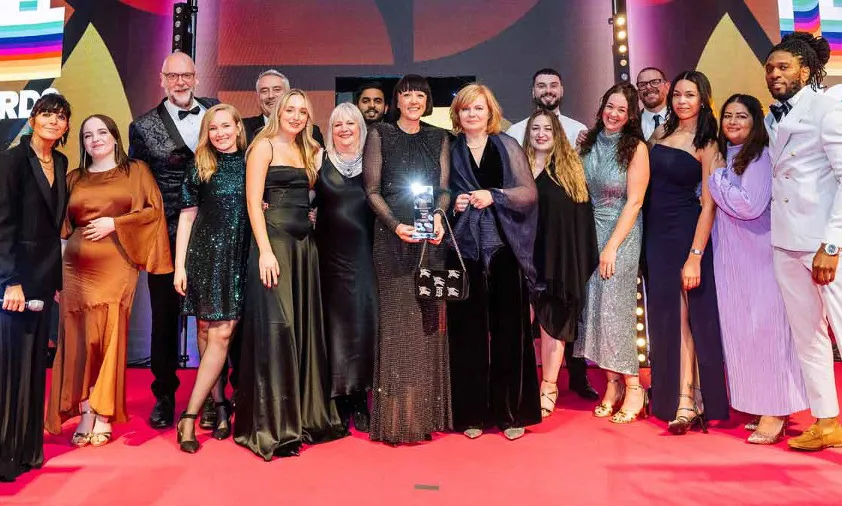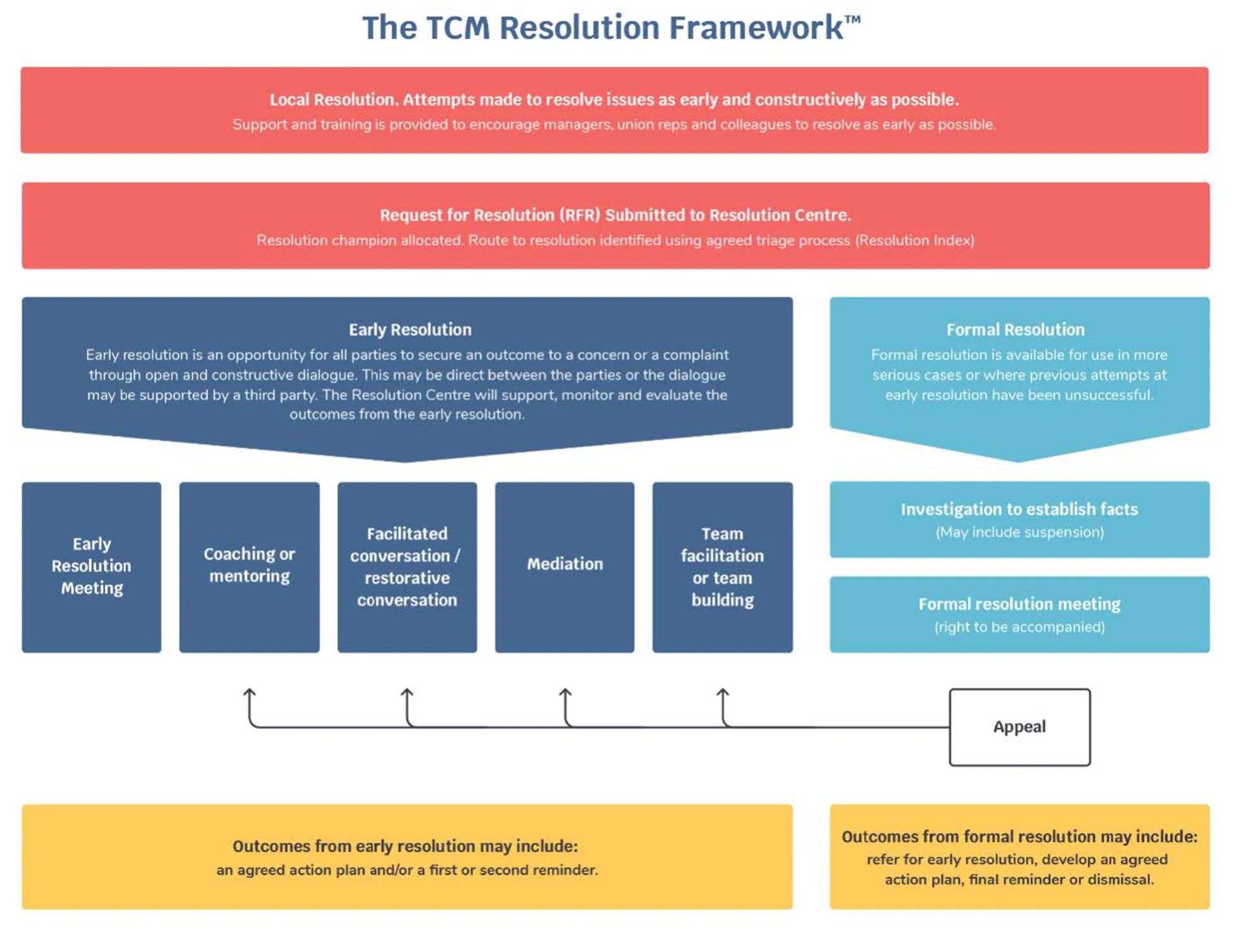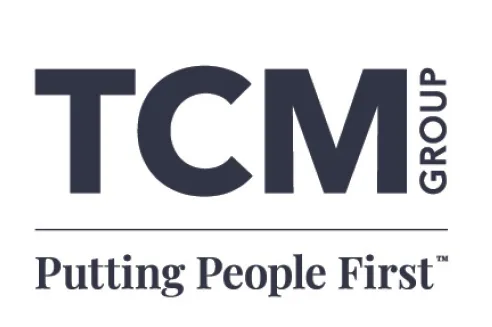There are very few people who haven’t experienced some form of conflict at work at some point in their career. Managers fall out with their direct reports over performance issues, team members come to blows as a result of differing working styles, and colleagues clash with each other over whether work has been allocated fairly.
It’s a problem that is costing industry dearly, both in human and financial terms. Research from the CIPD suggests nearly 4 in 10 UK employees experience some kind of inter- personal conflict at work over the course of a year. A report from Acas puts the cost of this workplace conflict at £28.5 billion every year, equating to just over £1k on average for every employee.
The causes of workplace disputes are complex and varied. But I firmly believe that the way organisations typically handle conflicts, complaints and concerns is contributing to this rising tide of dissent, disagreement and dysfunctional behaviour. We need a fresh approach to resolving the myriad of issues that inevitably arise at work – one which is more appropriate for today’s fast-changing modern workplace.
A growing number of forward-thinking organisations – Burberry, Aviva and the BBC to name just a few – have recognised this and are reframing the damaging and divisive disciplinary and grievance policies and processes of the past. They are developing Resolution Frameworks which allow them to resolve conflict in a more compassionate, people-centred and values-driven way.
Says Claire Salter, Director of Global Employee Relations at Burberry: “We know that conflict is unavoidable, but we know that when it’s handled well, it can be a driver for positive change. In fact we strongly believe that positive and constructive conflict can fuel our creativity – and as a creative business, creativity is at the core of everything we do. That’s what excites us about implementing a Resolution Framework – it’s an opportunity for us to reframe the conversations that we’re having about conflict across the business, and it gives our leaders the tools and space they need to resolve those issues early, informally and constructively.”

So what does a Resolution Framework look like – and how does it work in practice?
The traditional processes used by organisations to manage conflict are retributive in nature. When a problem arises, instead of encouraging employees to sit down and sort it out through face-to-face, adult dialogue, people are typically plunged straight into damaging and divisive formal processes.
This causes a huge amount of stress and distress to the people involved. Employees get anxious and upset. As their stress levels rise, their performance starts to suffer, and often they end up going off sick.
These formal processes rarely, if ever, result in a successful outcome. Relationships are irretrievably damaged, good people leave their jobs, corporate reputation takes a hit - and ultimately, no-one wins.
A Resolution Framework, by contrast, is restorative in nature. It offers organisations proactive and empowering approaches for securing a constructive and lasting resolution to all types of workplace conflict. These might include informal dialogue, facilitated conversations, mediation, team facilitation and coaching. The ability to access more formal processes, up to and including dismissal or legal action, is retained for the rare occasions where it is identified that this is the most appropriate course of action.
These frameworks put people before process. They shift the dial towards adult-to-adult dialogue, allowing organisations to develop workplace cultures which foster empathy, inclusion and wellbeing. They engender a culture of co-operation and collaboration, leading to happy, healthy and harmonious workplaces.
The involvement and collaboration of organisational stakeholders – senior leaders, managers, HR, employees and union partners – is key to successful development and implementation of a Resolution Framework. Companies who have successfully introduced this approach have typically involved all interested parties from the outset in developing frameworks which work in their specific operational circumstances and align to their organisational purpose and values.
Three core elements of the Resolution Framework are the Resolution Centre, the Resolution Index and Resolution Champions.
The Resolution Centre is a central hub which co-ordinates the day-to-day operation of the framework and manages the triage process (see below) used to identify the most appropriate route to resolution for any conflicts, complaints and concerns that are raised. The centre also typically co-ordinates conflict management training for front line managers and resolution champions (see below), and in some cases, manages in-house communication and development of toolkits and resources to support employees as they embrace the new approach. The Resolution Centre has an important role to play in gathering data, feedback and intelligence around the resolution process, so that the organisation can continually learn and improve its conflict management competence.
The Resolution Index is used to triage any requests for resolution that come through to the central hub. Some of the criteria used in the triage process include seriousness of the issue being raised, impact of the situation on the parties, previous attempts to resolve the situation and their outcomes, number or frequency of previous complaints, and the risk of the situation to the parties and the organisation. Each request is scored against the criteria, and the most appropriate route to resolution is assessed. The lower the score, the more informal the remedy. In higher scoring incidences, organisations may consider undertaking a detailed fact-find, which may in turn lead to a more formal resolution meeting.
Resolution Champions are an internal cadre of trained volunteers, who support the parties through the resolution process, and for at least a year after, to ensure that no further issues arise and that the agreed outcomes or improved relationships are retained.
The Resolution Framework encompasses the following key steps:
The Resolution Framework starts with the premise that it is the responsibility of the local line manager to resolve any situations as early and constructively as possible. This usually takes the form of an early, informal resolution meeting, where the people concerned are able to discuss their disagreements or concerns openly and honestly, in a safe and supportive space. In the vast majority of cases, this approach generates a successful resolution and no further action is needed. Should problems start to arise again, a Resolution Champion will be on hand to help nip any issues in the bud and get everyone back on track. The success of an early resolution meeting does of course depend greatly on the line manager having
an understanding of the nature of conflict and how to resolve it. Organisations cannot assume their managers will naturally have the confidence and competence to do this; they will need training to support them in this important role.
If attempts to resolve an issue locally and at source are not successful, the next step is for the parties involved to submit a ‘Request for Resolution’ to the Resolution Centre. Trained staff within the centre will triage the request against the pre-determined criteria in the Resolution Index, and will make a recommendation for the most appropriate route to resolution. This step is the restorative alternative to the more retributive approach of ‘raising a grievance’.

Requests that are triaged at this early stage are most likely to be well suited for one of a number of early resolution methods. This might include a facilitated conversation, where both parties are able to share their concerns, express their needs and find a mutually acceptable way of restoring the relationship and moving forward. Some cases will be suited to mediation, where a trained, independent mediator will bring people together to engage in powerful dialogue which will help to transform their dispute from destructive to constructive.
Other options might include team facilitation, or coaching. Each approach is suited to a particular type of conflict and its relative complexity or severity.
For higher scoring cases, the triage process will lead to a more formal resolution process. This might be a fact find (an alternative, more restorative approach to the traditional investigation) or a Resolution Meeting
(as opposed to a disciplinary or grievance hearing).
Organisations who have adopted a Resolution Framework are resolving issues sooner and more effectively and protecting workplace relationships, with a corresponding impact on performance, reputation and competitive advantage.
Anthony Fitzpatrick, Head of Colleague Experience and Employment Policy at Aviva sums it up well: “The introduction of the Resolution Framework changed the whole concept and dynamic of managing conflicts and complaints within the workplace. We have seen that the vast majority of cases are settled either at triage or through a facilitated conversation. This allows everyone to focus on their job and increases morale and motivation, which is good for personal wellbeing; it’s good for the business and it’s good for the customer too.”
For a complimentary copy of the Resolution Framework template, please contact our Resolution Team Hannah Cotton and David Liddle.
Hannah: hannah.cotton@thetcmgroup.com
David: david.liddle@thetcmgroup.com

Lorem ipsum dolor sit amet, consectetur adipiscing elit, sed do eiusmod tempor incididunt ut labore et dolore magna aliqua. Ut enim ad minim veniam, quis nostrud exercitation ullamco laboris nisi ut aliquip ex ea commodo consequat. Duis aute irure dolor in reprehenderit in voluptate velit esse cillum dolore eu fugiat nulla pariatur.
Block quote
Ordered list
Unordered list
Bold text
Emphasis
Superscript
Subscript